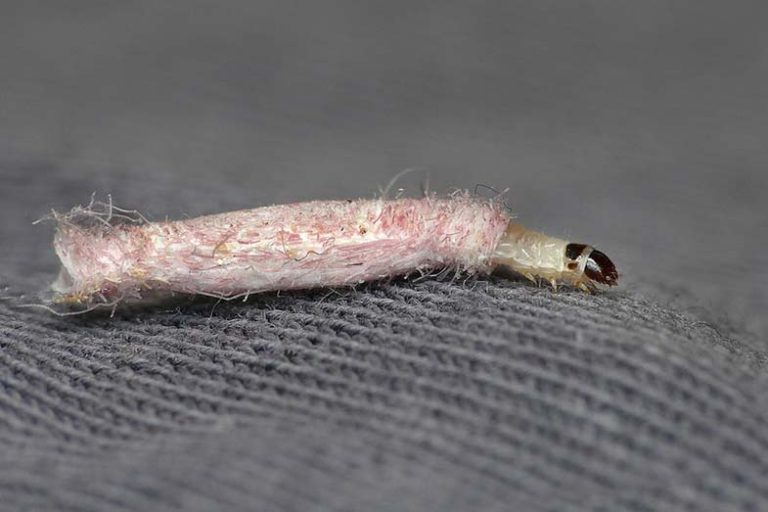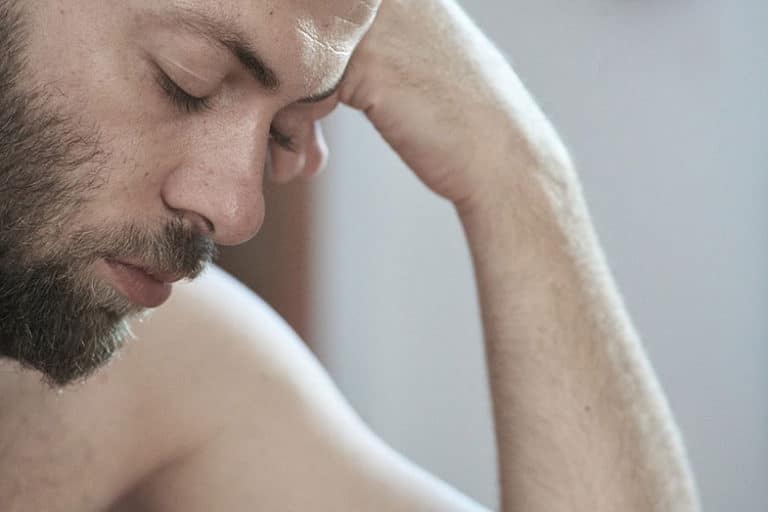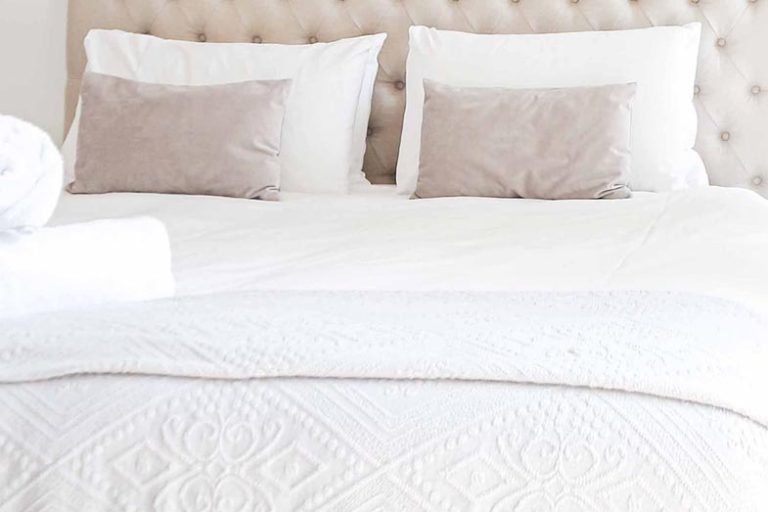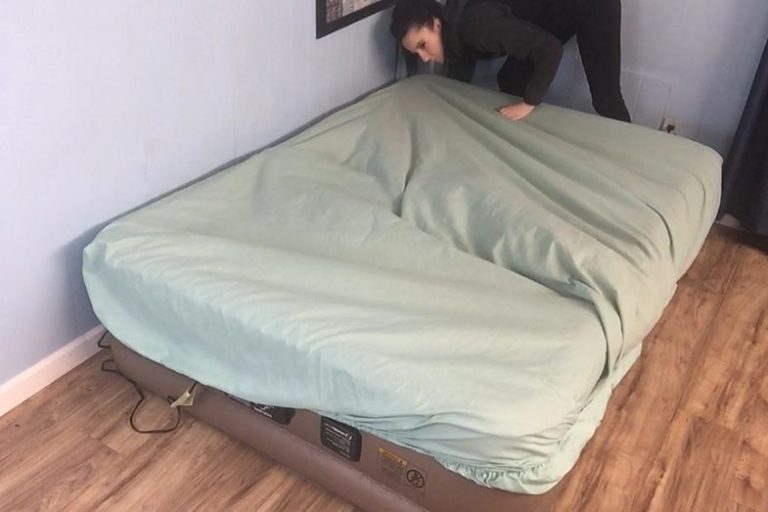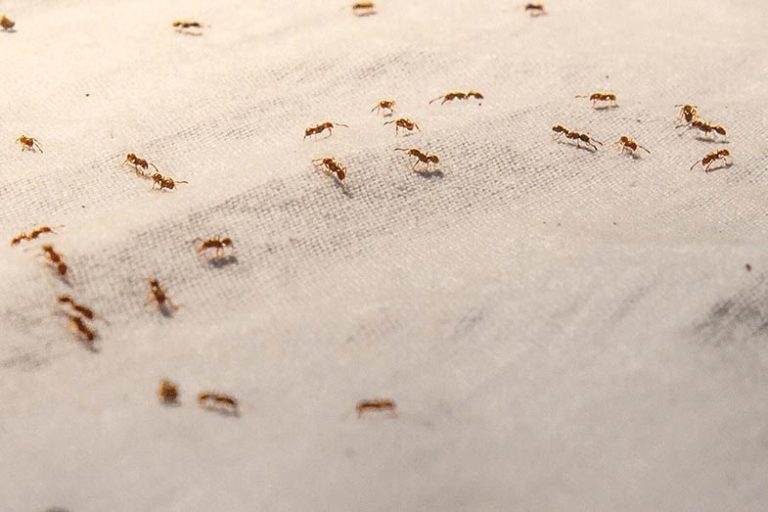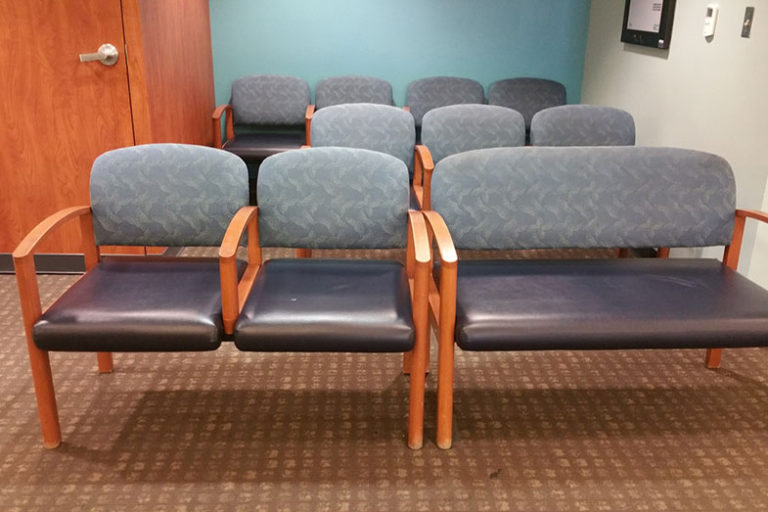How to Sleep with a Second-Degree Burn
Disclosure: We may get commissions for purchases made through links in this post.
Getting burned is one of the most unpleasant feelings you could ever get. It always results in intense and lingering pain that most often leaves you helpless. Even running a slightly burned finger under running water can be just as painful.
If you happen to burn a larger area than your finger, then you might not only have to put up with the initial burning pain but also the pain of sleeping on the affected area. Having a burn will never ever be pleasant, but thankfully, there are ways we can manage the pain better or lessen the discomfort, especially when we have to sleep with a second-degree burn.
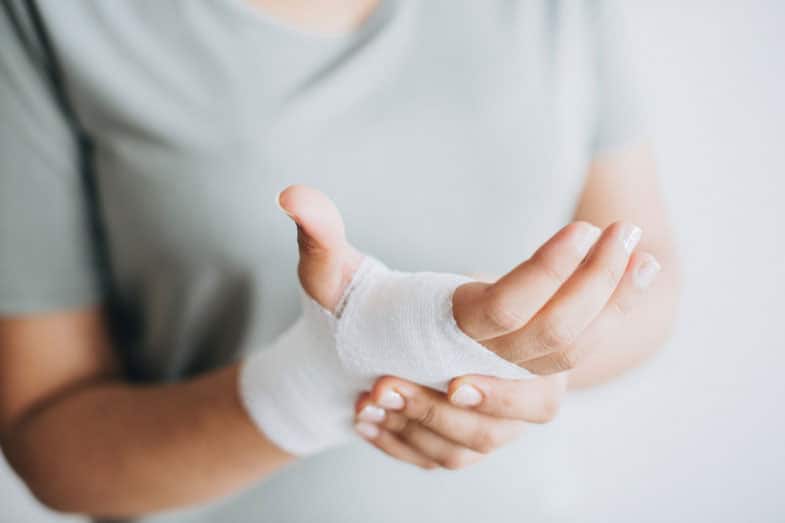
The Types of Burns
There are actually different types of burns we can receive. Each having their varying severities. These types of burns are called degrees and are based on how much of your skin was penetrated or burned away.
To fully understand the types of burns there are, you need to first know your skin. Your skin has three layers. The outer layer or the layer we can see is called the epidermis. The layer below that, which we sometimes see when we graze our knee, is called the dermis. Finally, below that is called the subcutaneous. Which layer of your skin gets affected by the burn will tell what type of burn you received.
- First Degree Burn – This is the most common type of burns that people get. You can receive these by touching hot surfaces or through heat friction, such as carpet burn. This type of burn means that your epidermis was damaged and can result in redness and dry feeling.
- Second-Degree Burn – Receiving this type of burn may not necessarily be more painful than the first-degree burn. This usually results in prolonged or longer exposure to hot surfaces or heat frictions which damage reaches the dermis layer. Asides from the redness and dry feeling, there should also be swelling and blisters.
- Third Degree Burn – Now this type of burn is starting to get pretty serious. By this point, the burn has penetrated through all of your skin layers and can make the burned area appear black or charred. You can guarantee the pain to be fairly high for this kind of burn.
- Fourth Degree Burn – You probably might not experience or witness this type of burn as this can come from fatal situations, such as fires. In these rare cases, not only have all the skin layers been burned to crisp, but the burn has also affected other underlying tissues, such as muscles or even bone. You also may not feel or lose the feeling of pain as the nerve endings would have been burned away.
I am sure that everyone has had a burn at some point in their life and they’re usually just first degree burns. Second-degree burns are also common and quite easily treatable too. Once the burn starts looking black, then you should be seeking medical help before anything else.
Although it will require intense heat, very long exposure, or firm pressure to receive any further damage after the second-degree burn, it’s still a good safety precaution to know all of the types of burns so that you can know how to both address and avoid them, especially if you have children in the home.
How to Treat Burns
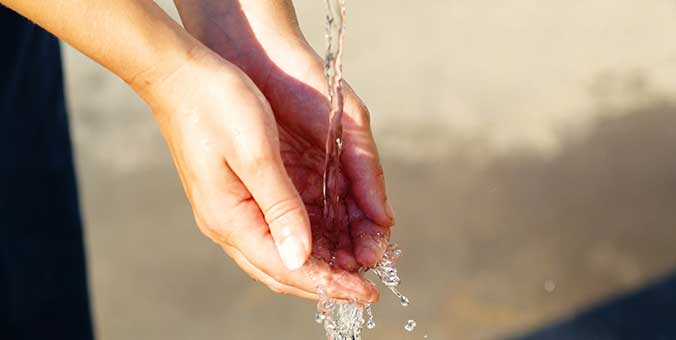
Because third and fourth-degree burns require immediate medical assistant as the treatment option, we’re going to look at treatments for first and second-degree burns. These can be simple treatments you can perform at home. The quicker you can treat the burn, the quicker it can heal, so having the supplies or first aid kit stored in the house can be very handy.
First Degree Treatment
For first degree burns, you can apply specific skin care products or an antibiotic ointment. If you don’t have any specific lotions around, you could always use common lotions like moisturizers to help alleviate the pain and dryness. Otherwise, you can place the burned area under running water for at least 5 minutes or whenever you feel the pain reducing.
Second-Degree Treatment
Second-degree burns need a little more attention because they can be more painful due to the swelling and blisters. With this burn, you can also run the affected area under running water, but for a longer period of at least 15 minutes. As for the blisters, you can apply antibiotic creams.
Depending on the size and severity of the burned area, you might need to have it bandaged. However, avoid using cotton or bandages with loose fibers as this can stick to the burned surfaces and cause further damage when trying to peel off.
The biggest issue with second-degree burns is blistering. Depending on the size and number of blisters can depend on how long it will take to heal. You should also expect to see scabbing in the burned area or sometimes scarring. If the blisters become troublesome and still cause a lot of pain, especially if the burned area is on the area that you usually or can’t help but sleep on, you could purchase over-the-counter pain medications to help you sleep a little better.
How to Sleep with a Second-Degree Burn
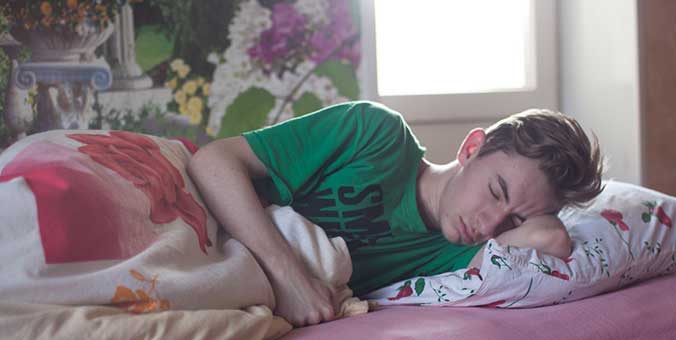
Despite the degree of burn you receive, each person can deal with their burn injury differently. Some can naturally deal with it better than others, while some lose sleep over it. Regardless of the severity, burn victims can be traumatized by the incident, not always by the event itself, but sometimes by the pain or healing process afterward.
Unfortunately, you can’t do much with a burn other than to wait for your skin or tissues to recover while following medical advice. During this waiting period, you can become irritated by the constant itching, consistent pain, or the fact that you might not be able to use your hand or fingers for a while. These are just a few factors that can prevent you from having a good sleep. Fortunately, though, there are some solutions that you can do to help you sleep better if you’ve suffered from a serious burn, such as a second-degree.
Solutions
- Arm or leg: If your burn area is somewhere in your arm or leg, one useful thing you could do to sleep without hitting the affected area is to have them resting on a pillow away from your body. If you tend to move a lot during your sleep, then a good trick would be to wrap the whole arm or leg with a bed sheet or cover. That way, if you happen to move it, the cushioning won’t cause as much pain.
- Back or backside: These are probably the places you never want to have a burn on. Laying down and sitting are things you kind of need to do all the time, so it would be very hard to avoid this discomforting thought. A great solution is to sleep on your side or preferably on your stomach. For some people, it helps them sleep better through the pain by resting a pillow on the burned area.
- Neck or head: In most cases, you would be at the hospital if you received a burn on or near your face so that it can be bandaged professionally. However, if you are sent home or just have a small second-degree burn, you could apply the pillow or bed sheets trick. Just make sure the pillow or bed sheet you use is very soft and comforting as burns anywhere on the neck or head can be very sensitive.
Conclusion – How to Sleep with a Second-Degree Burn
Getting good sleep is essential to recovery. The more your body rest, the more it can focus on healing. A burn injury is one of the toughest injuries to treat and overcome, so if you shed a tear or two, don’t feel ashamed.
The key thing to remember when it comes to burns (and also sleep) is coolness and gentleness. With these keywords as your guide, you shouldn’t go wrong in getting a good night’s rest with your second-degree burn.

